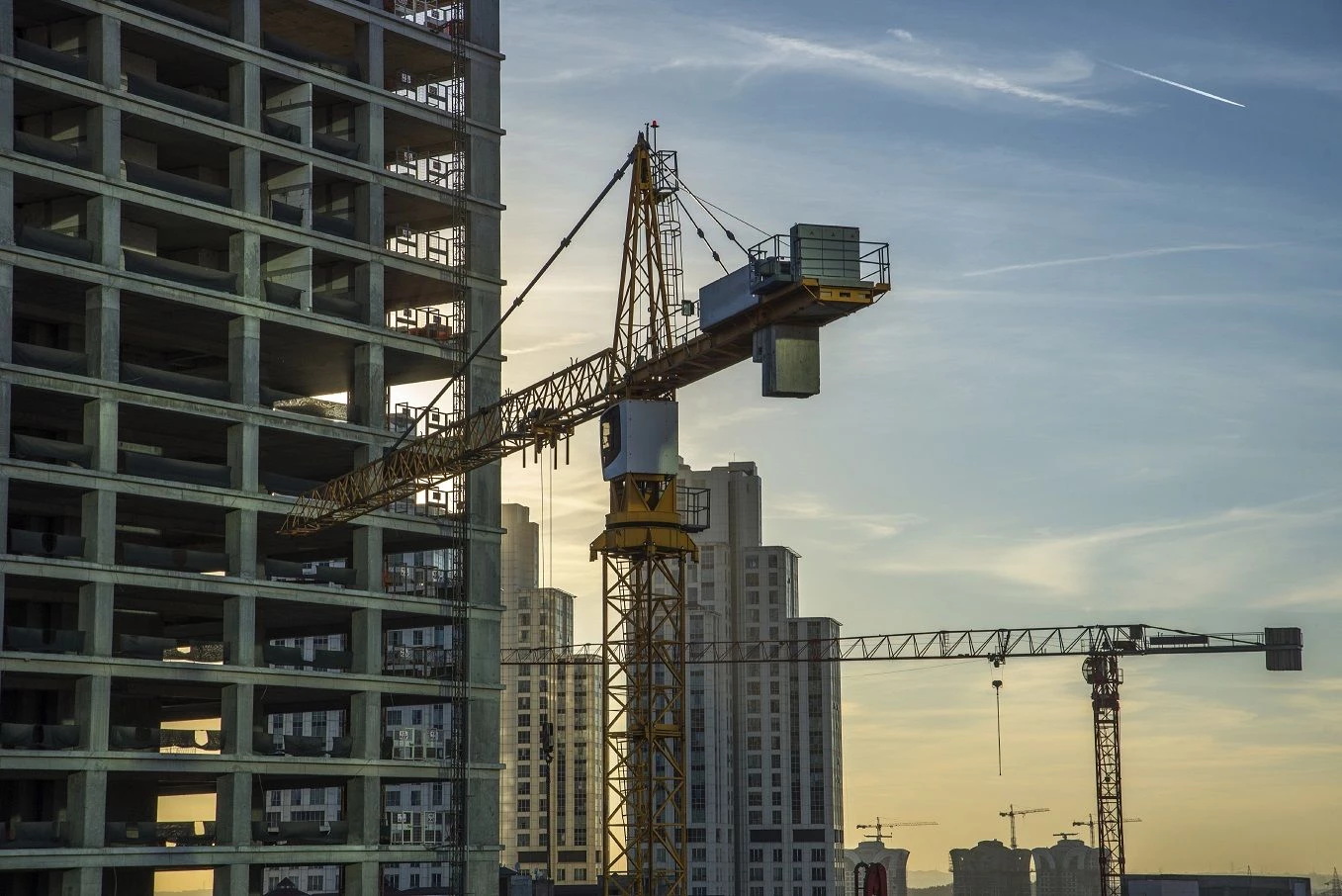
Partner Article
What role can augmented reality play in the construction sector?
The art of building design and construction is one that has always been dictated by the technologies available at the time. Improvements to the materials, tools, vehicles and IT available have all had a significant impact in pushing the boundaries of what it is possible to build.
Today, increased use of smartphones and the introduction of formalised mobile strategies are delivering a host of benefits at every stage of a building project’s lifecycle. Better communications channels, as well as instant access to data, maps and cameras all have several uses when it comes to architecture and construction.
Experimenting with augmented reality
Augmented Reality (AR) is one such technology facilitated by mobile that is now delivering benefits for architects, construction workers, and even the maintenance teams responsible for looking after buildings following completion. Once maligned as a consumer proposition with limited commercial applications, AR is providing the building design and construction industries with tools that increase agility and mobility, while simultaneously reducing inefficiencies.
At the design stage, architects are using AR to generate 3D models from 2D plans that can also demonstrate the effect that wind and other factors will have on completed buildings. In addition, some AR platforms can isolate specific elements of an overall design, allowing for closer inspection and even full scale presentation.
Using AR in this way makes sense as it removes much of the time and resource involved with producing physical models and prototypes. It also helps to more naturally represent the intended appearance of a design – end users can now take a tour of a building before a brick has been laid, as AR overlays a virtual representation at the proposed site.
How to implement
Many projects are using Quick Response (QR) codes, a type of barcode, as the reference point from which AR content is generated. They have been invaluable, for instance, during the construction of the enormous, one million square feet Oakland Medical Centre Replacement Project in California.
At any stage during construction, on-site personnel can scan a QR code using a smartphone or tablet, instantly generating the latest 3D BIM (building information modelling) model or laser scan of the space they are working on. This is especially useful for complex, long-running building projects like hospitals where plans can change multiple times during construction. Delivering this information to all relevant parties via QR code ensures everyone is on the same page and minimises disruption to schedules.
In the UK, the Crossrail project is experimenting with AR. However, its approach does not rely on QR codes or cameras, using geolocation technology instead. Observing sites through a tablet allows personnel to view 3D models, including all of the pipes and wiring that are usually obscured by wall panels. What’s more, they allow for future planning, enabling things like passenger flow to be modelled so that owners know what to expect once the project is complete.
Beyond the build
This is not the only way AR promises to help once building has finished, with ongoing ops and maintenance particularly well placed to benefit. By incorporating QR codes and other reference points into building systems, AR can be used to provide instant access to equipment manuals and warranties, maintenance schedules, work histories, and architectural design plans – all useful resources for ongoing building maintenance.
Ultimately, AR stands to add an extra layer of intelligence to the entire process of designing, erecting and maintaining buildings. Today, we are only really starting to see the possibilities of what it can bring to the industry. As such, it is important for organisations to start thinking about how this type of technology might fit into their existing infrastructure.
With consumer propositions like Google Glass already in the marketplace, we can expect to see a range of site-ready solutions enter the industry in the near future. Businesses need to make sure they have the systems in place to properly integrate these technologies, as well as monitor their usage. Only then will they be able to ensure they are being used effectively and are delivering optimum ROI.
This was posted in Bdaily's Members' News section by IFS .








 How to make your growth strategy deliver in 2026
How to make your growth strategy deliver in 2026
 Powering a new wave of regional screen indies
Powering a new wave of regional screen indies
 A new year and a new outlook for property scene
A new year and a new outlook for property scene
 Zero per cent - but maximum brand exposure
Zero per cent - but maximum brand exposure
 We don’t talk about money stress enough
We don’t talk about money stress enough
 A year of resilience, growth and collaboration
A year of resilience, growth and collaboration
 Apprenticeships: Lower standards risk safety
Apprenticeships: Lower standards risk safety
 Keeping it reel: Creating video in an authenticity era
Keeping it reel: Creating video in an authenticity era
 Budget: Creating a more vibrant market economy
Budget: Creating a more vibrant market economy
 Celebrating excellence and community support
Celebrating excellence and community support
 The value of nurturing homegrown innovation
The value of nurturing homegrown innovation
 A dynamic, fair and innovative economy
A dynamic, fair and innovative economy